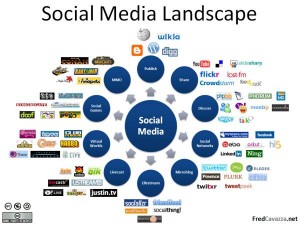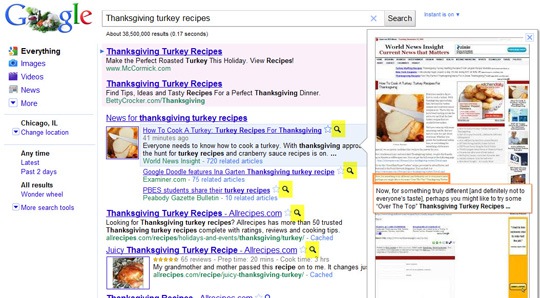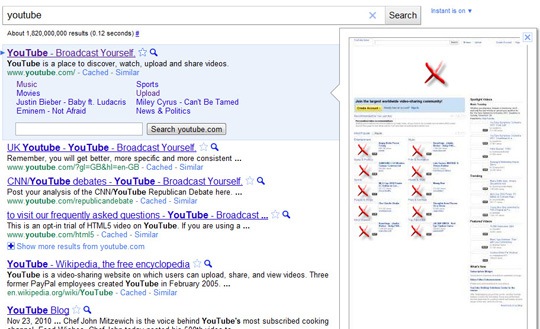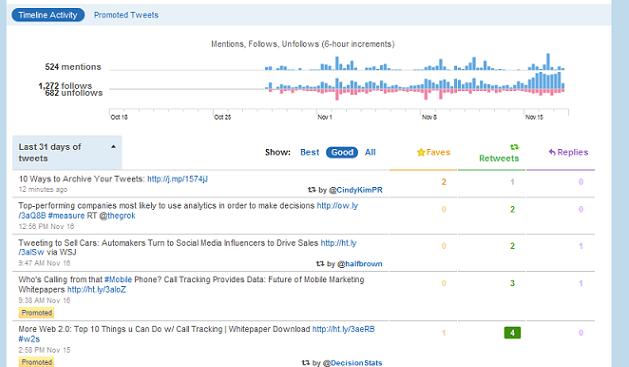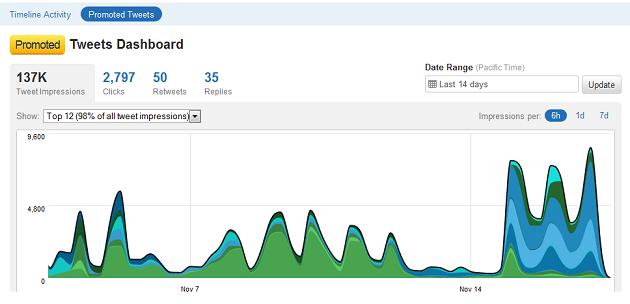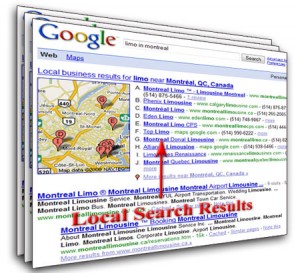Asheville Local SEO Expert: getting more and better quality online reviews
Tuesday, September 13th, 2011
Customer reviews are at the forefront of the news again, so it’s a good time to start thinking about how garnering more online reviews fits into your business.As an Asheville SEO Pro I find this is one of the most important parts of internet marketing.
In my experience, when it comes to reviews there are four types of businesses:
- Businesses that get most of their business from referrals, don’t get any online reviews and could care less about them (perhaps the biggest chunk of businesses).
- Businesses that get most of their business from referrals, get online reviews and think that nobody reads them or cares.
- Businesses that think reviews are hugely important and work hard to get a lot of them.
- Businesses that think reviews are hugely important and work hard to get them, but don’t get many, if any.
What the types that rely heavily on referrals and ignore reviews don’t realize is that some time in the next year or two someone is going to write something about them online and there’s a good chance it’s going to be negative.
If it gets around, which it usually does thanks to Google, their referrals are at risk of drying up. If the first thing that shows up in Google for your brand is a negative, you are potentially screwed.
For those that work hard at getting a lot of reviews, I would wager that most of them are leaving a lot of opportunity on the table.
While positive reviews are great, the real power is in the reviewer. A customer willing to spend the time to review you is a brand ambassador. Instead of just asking them for reviews, you should be thinking about how you can harness your relationship with these valuable people to help spread the word, both online and off.
Those that try but can’t seem to get traction with reviews should consider the following on how to build review generation into their business processes.
There are basically four ways to get an online customer review:
- Via phone
- Via email
- Via a Website
- Via transcription from a hand-written review
Which method is right for you depends on how you conduct your business.
Do you collect customer email addresses? Most of the businesses I work with know they should but rarely do, or rarely do it with any rigor.
Do you have more than 50% of your customers’ up-to-date email addresses? If so, then you can use email solicitations where you can ask them to provide a review via email or you can direct them to a website where they can leave a review.
If email doesn’t work for you, then you’ll need to consider how you typically interact with your customers. If most of your business is done in person then give them a comment card. If it’s over the phone, you may have to do it via mail. Try stapling a comment card with return postage to your invoice.
When figuring out your review acquisition strategy, take a good look at yourself in the mirror and ask yourself what your staff can realistically do every day.
Some tips for asking customer reviews:
- Don’t offer incentives. A percentage of your customers will do it for free. If you offer to pay your top brand ambassadors, it’s possible they will get turned off, which could hurt your business by dampening the enthusiasm of these mavens.
- Make it easy for customers. Don’t send them a link to review you on Google unless they have a Gmail address.
- Don’t ask people for Yelp reviews. This almost always backfires. You may get a few positive reviews in the short term, but if your customers are not active Yelpers, Yelp’s SPAM filters will eventually toast their reviews. You’ll end up with no reviews and potentially some angry customers who wonder why their work of review art disappeared.
- Do it promptly. Don’t wait. People are most likely to give you feedback right away. The longer you go from the time of service to the time of request, the likelihood of getting reviews drops precipitously. According to Ted Paff, CEO of CustomerLobby, a review service, “Comment card reviews solicited at the time of service can see completion rates of 80-90%” vs. much lower rates for other forms of review solicitation.
- If you have the customer’s email address, follow up your initial request three days later with a reminder email containing links of where to for review submissions. Reminder emails can account for a huge percentage of review conversions.
Bonus Tip: always underpromise and over deliver. I have often heard that business owners can feel embarrassed when asking customers for reviews. If that sounds like you, my advice is to be totally candid with your customers.







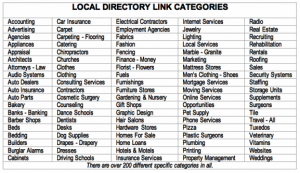

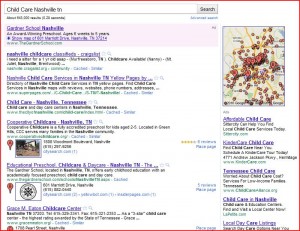
 The predictions season is here . . . Telmetrics is one of the first out of the gate with its “Top
The predictions season is here . . . Telmetrics is one of the first out of the gate with its “Top 